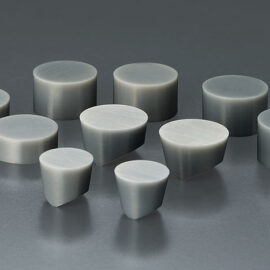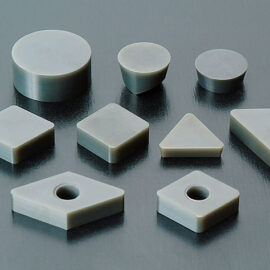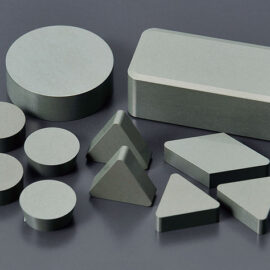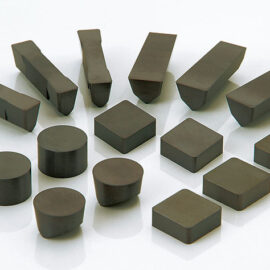Covers wide range of machining: Roughing with scale to semi-finishing
High-speed turning and milling with stable performance
Features
- Ceramic grade combining toughness and wear resistance
- Machines wide range of conditions in materials from the commonly used heat resistant alloys like Inconel 718 to the newer generation of materials like Rene
- Performs high efficiency milling
Tooling application
Finishing Heat resistant alloys
Turning / Profiling / Milling: Roughing with scale to semi-finishing

| Cutting conditions
| Grade | Material | Operation type | Machining | Cutting speed (m/min) | Feed(mm/rev) | DOC(mm) | Coolant |
|---|---|---|---|---|---|---|---|
| SA30 | Heat resistant alloys | Turning | Roughing with scale | 180 – 250 | 0.10 – 0.22 | 1.0 – 5.0 | WET |
| Roughing | 180 – 250 | 0.15 – 0.30 | 1.0 – 2.0 | ||||
| Profiling / Semi-finishing | 180 – 270 | 0.12 – 0.25 | 1.0 – 2.0 | ||||
| Grooving | 150 – 250 | – | 1.0-2.5 | ||||
| Milling | Indexable | 600 – 1200 | 0.10-0.15 | 0.09-0.25 | DRY |
Why are Sialon ceramics so effective at high-speed machining of heat resistant alloys?
Silicon nitride (Si3N4) is combined with Aluminum (Al) and oxygen (O) to make SiAlON.
Sialon has needle-shaped particles similar to that of Silicon nitride.
The arrangement of these particles makes the material withstand the impact force during cutting.
The addition of the alumina improves its heat resistance characteristics.
The property advantages makes it perfect for machining heat resistant alloys.
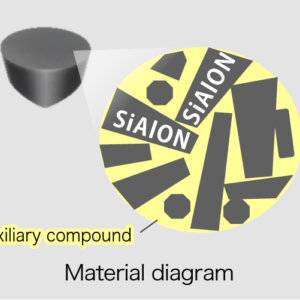
| Machining Inconel with scale
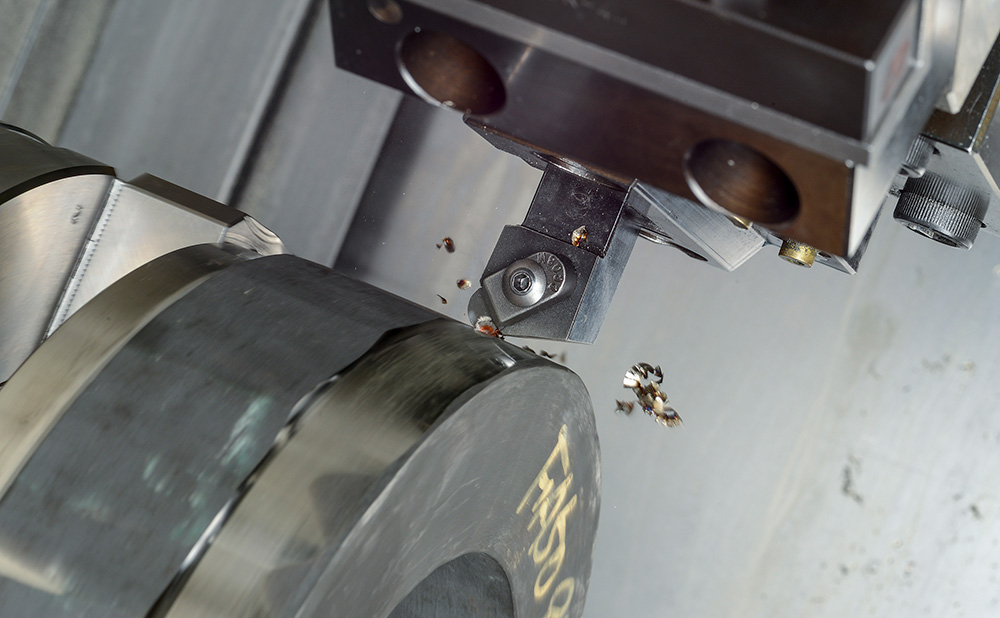
| Milling Inconel
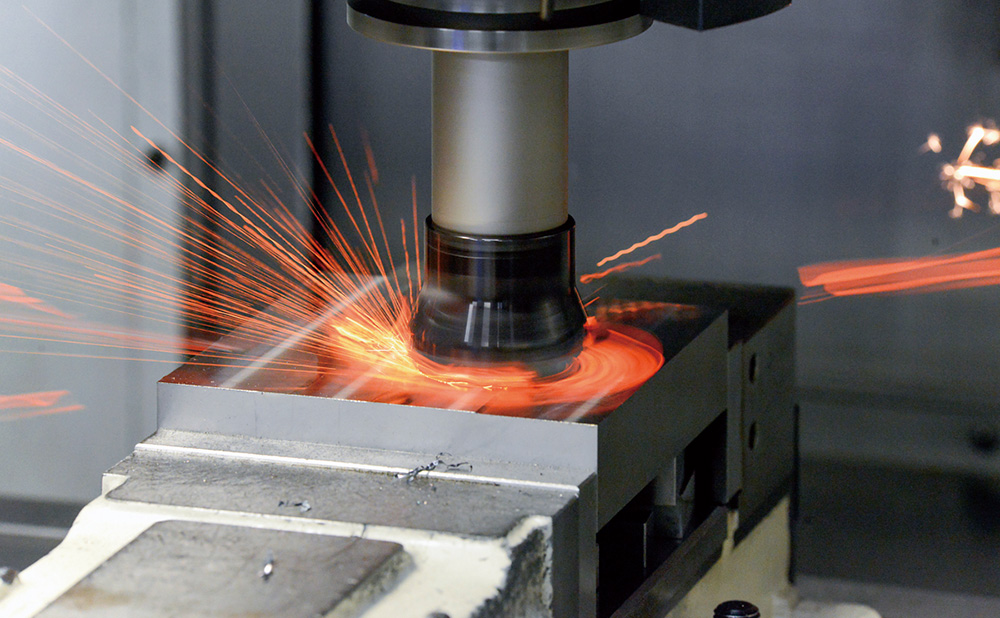
| Case Study
| Rene130 Roughing with scale | |
|---|---|
|
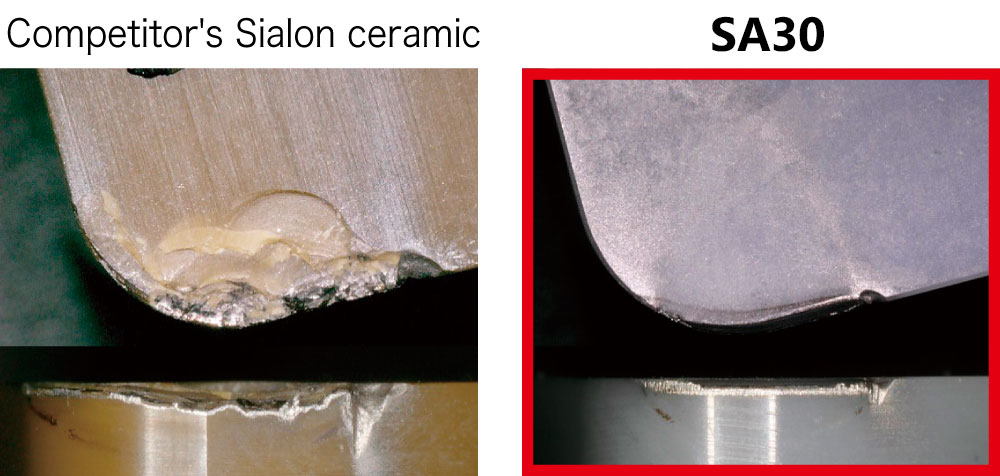 |
|
|
|
|
|
|
|
|
| SA30 |
10.0min |
SA30 insert machined through the scale and inspection yielded no defects on insert edge.
Competitor’s Sialon insert evaluation yielded visible breakdown of cutting edge after same machining operation.
| Semi-finishing Rene 130 | |
|---|---|
|
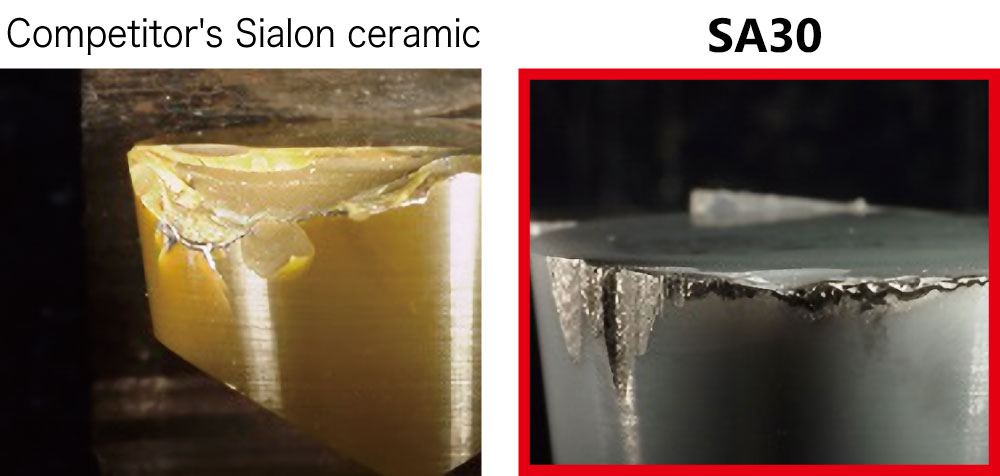 |
|
|
|
|
|
|
|
|
| SA30 |
10.0min |
SA30 and SA50 both maintained good edge conditions after cuts while the competitor’s Sialon insert exhibited signs of significant wear.
